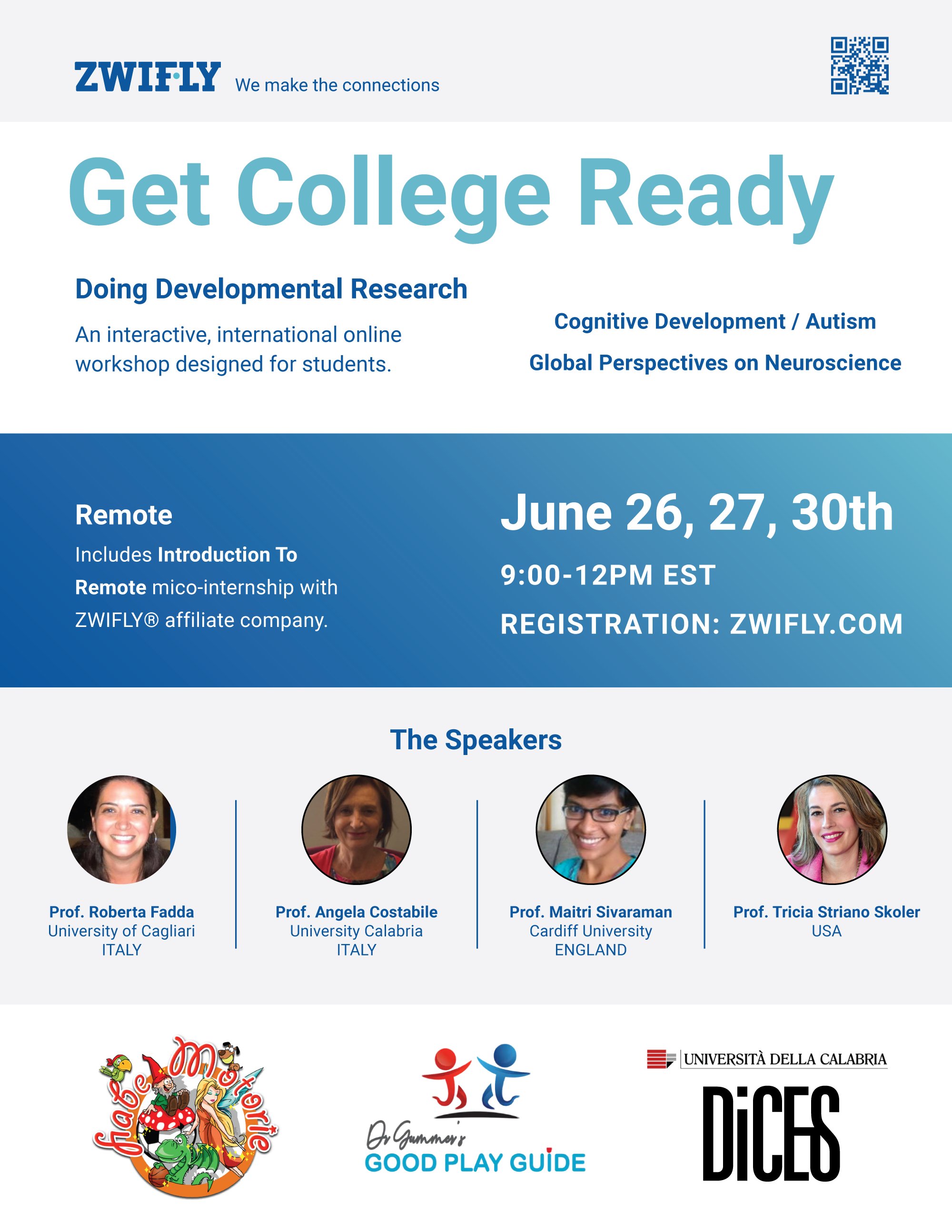What are our clients saying?
ZWIFLY® helped me to narrow down the fields that interest me most. This even helped me select my future college classes. I even received a letter of reference based on my internship performance.”
Sabrina Ramos College of the Holy Cross
ZWIFLY® allowed me to gain a real world experience in areas that I am passionate about. “I’ve gained an advantage not only on a research level, but on a college admissions level as well.”
ABBY S. Thayer Academy
“Working with Motor Fairy Tales, the ZWIFLY® affiliate company in Milan, Italy opened my eyes to how a startup company operates. As an economics major, I became aware of the marketing and business strategies the company uses to grow and expand.”
Sophie V. College of the Holy Cross
University Calabria, Department of Culture, Education & Society DiCES
We are pleased to announce the University of Calabria, Department of Culture, Education and Society (DiCES) is now a ZWFILY® affiliate. The mission of DiCES is to carry out research and training in the fields of Culture, Education and Society from an interdisciplinary perspective. The Department makes use of converging and complementary skills in the scientific and cultural psycho-pedagogical, philosophical, linguistic, sociological, juridical, economic-business, archaeological, historical-documentary areas. The cultural scientific project of the Department is aimed at building new and fruitful collaborative experiences regarding teaching, the strengthening of research and the third mission, and internationalization.
The Secret to Successful Global Internships
What is the formula for a meaningful college internship? How can we support students and small to mid sized companies in making more meaningful global connections? Could hybrid internships be a solution? Join us for a conversation with Dr. Markus Lemmens and Tricia Skoler.
This event is by invitation only. Please write to us at info@zwifly.com for details.
The secret to successful global internships. A conversation with Markus Lemmens and Tricia Skoler



